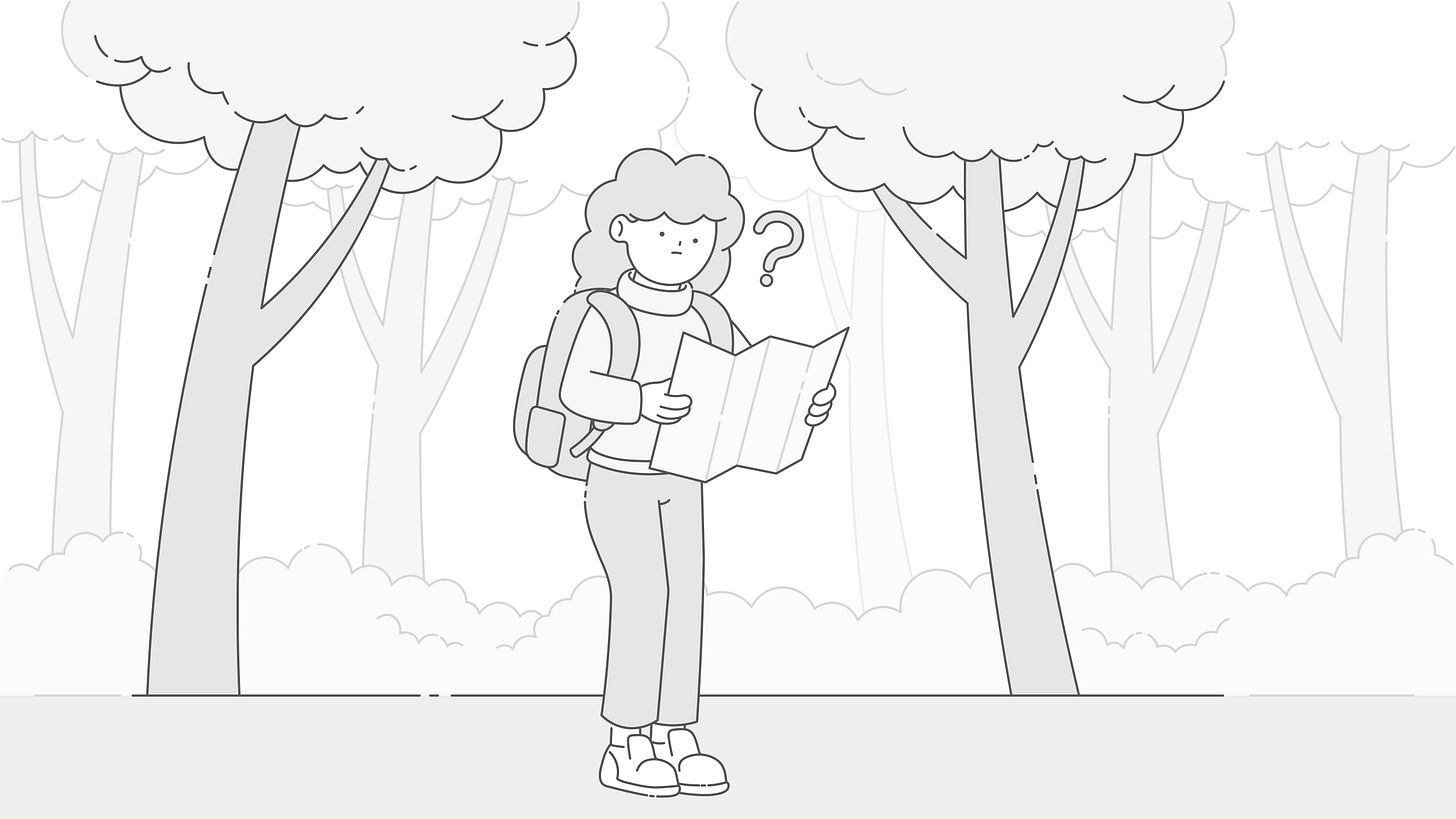Gather around! Pantsers, plotters, plantsers, gardeners, architects—gather all around and hear my tale.
I have a confession: I used to write by the seat of my pants. Yes, I’m an ex-pantser.
I thought plotting was the antithesis of creativity, that flowing with my muse was the pure path forward. I was a fearless (and clueless) explorer of uncharted storytelling territory.
And while I did enjoy my writing sessions back then, I didn’t always enjoy the finished pieces.
The wake-up call came when I had to scrap an entire novel—because rewriting it would have been messier than starting from scratch. That’s when I realized I was missing something.
My First Foray into Plotting
Eager to improve, I turned to plotting, and lo and behold… the result was slightly better, but still mediocre.
(I was very inexperienced.)
That’s when it hit me: plotting alone isn’t enough. Yes, it saved me from massive rewrites, but you can outline every scene and beat and still end up with something boring.
I knew I was still missing something.
The Revelation
Then I studied under a writing coach who completely changed my outlook on creativity.
Real creativity, he said, rarely comes from the first idea that pops into your head. That idea is often mediocre, predictable—something a thousand other writers would also think of.
But the 17th idea you come up with, when you’re tired, frustrated, and no longer trapped by your usual thought patterns? That’s the real diamond.
And you’ll never get to the 17th idea if you start writing the first one that comes to mind.
Plotting, when done right, gives you enough distance to see the big picture and experiment with fresh ideas. And that’s where the real magic begins.
When you look at it this way, it’s often pantsing that throttles creativity—and good plotting that unleashes its full strength.
How to Get Started with Right Plotting
If you’re a pantser at heart but recognize the value of plotting, don’t worry—you don’t have to go full “color-coded index cards” overnight. (We’ve already color-coded the cards for you over at Plotrise.)
Here’s one way to ease into structured storytelling without feeling like you’re handcuffing your creativity.
Step 1: Start with a Character
Create a compelling character, built around an intriguing contradiction. For example:
An assassin who’s afraid of death.
A pirate captain who’s the mom of two teenagers.
Next, choose one of the following questions and answer it:
What if this character was also…?
What if this character also had…?
What if this character also could…?
Brainstorm as many possibilities as you can. Even if you love your 7th idea, keep going. Push past the obvious.
Once you’ve exhausted your options, evaluate them. Which is the most surprising? Which promises a richer story? Which hasn’t been done to death?
Rank your top three and explore them. Where would each idea lead plot-wise?
Finally, choose the one that excites you the most and flesh it out. Give your character a name, a profession, a goal, and some background.
Step 2: Run Your Character Up a Tree
Now that you have an interesting character, shake up their world. Something BIG needs to happen—something that forces them out of their comfort zone.
(Yes, this is your inciting incident.)
Ask yourself:
What’s the most outrageous thing that could happen to this character?
What if this character ran into…?
What if this character found…?
Again, brainstorm freely. Rank your best ideas and choose the one with the most potential.
These two simple exercises will give you a strong foundation to build on.
Of course, you can also start with the setting, the core plot concept, a specific scene, or even a theme that speaks to you. Whatever your entry point, push beyond the obvious.
We’ll dive deeper into plotting methods in future posts.
Conclusion
So, whether you’re a pantser who thrives on spontaneity, a plotter who loves structure, or a plantser looking for the best of both worlds—experimenting with the right kind of plotting can transform your writing.
You don’t have to abandon your process—just try nudging it in a new direction. Take plotting out for coffee and see where things go.
You might be surprised at how much fun you’ll have.
P.S. What are your favorite plotting questions? Share in the comments.



